
Part II of II
I think we would all agree, technology is a wonderful thing. However, like all good things, it comes at a price. Students and workers alike are suffering from the many physical effects of sitting for too many hours...especially with COVID-19 home confinement! Studies show the impact of prolonged sitting, especially with poor posture, are multifaceted: pain, headaches, vision problems, poor concentration, excess fat storage with weight gain. Studies strongly support the use of using good posture, ergonomic workstations, posture stretches and frequent changes of positions, including the use of standing desks to prevent pain and injury as we discussed last week in part I.
The Problem is Gravity!
The average head weighs 10 to 12 pounds and when tilted down at a 45 degree angle the forces of gravity are multiplied by 5. While reading, studying or working on the computer with poor posture, one must support 50 or more pounds of pressure on the neck, middle and lower back for hours on end. It is no wonder why this activity is associated with headaches, neck and back pain, numbness and tingling in arms and legs, muscle spasms etc. Some studies report the lifetime prevalence of neck and shoulder pain in office workers as high as 80%.
Spine problems can be prevented with good posture and proper body mechanics. Poor posture and improper body mechanics subject the spine to abnormal stresses that, over time, can lead to degeneration and pain. Good posture and proper body mechanics and frequent changes in positions, can minimize current spine pain and prevent recurrent episodes. Posture is the position in which you hold your body upright against gravity. Good posture involves positions that place the least amount of stress on the spine. Good posture maintains the spine in a “neutral” position. In a neutral spine, the three normal curves are preserved (a small hollow at the base of the neck, a small roundness at the midback and a small hollow in the low back). When viewed from the side, the upper back appears straight with a small hollow in the lower back.
GOOD POSTURE
Standing: Feet should be shoulder width apart. Distribute body weight evenly through both feet. Do not lock knees. Maintain a small hollow in lower back with “tailbone” slightly tucked down. Lift the breastbone by drawing shoulder blades back and down. Make chin level. Earlobes should be in line with the middle of shoulders. Relax jaw and neck muscles by resting tongue on the roof of mouth.
Sitting: Sit in a firm, high-back, straight-back chair. Buttocks should touch the back of chair while maintaining a small space between the back of knees and the seat of the chair. Distribute body weight evenly on both hips. Maintain an arch in the low back. A lumbar roll is recommended. It is a foam roll, 4” to 5” in diameter and 12” long, placed at belt level. Place feet flat on the floor with hips and knees bent at a right angle. Keep knees even with or slightly higher than hips. Use a footstool or footrest if necessary. Do not cross legs! Lift the breastbone by drawing shoulder blades back and down. Earlobes should be in line with the middle of shoulders. Position the armrests properly allowing elbows and forearms to rest with shoulders relaxed. If armrests are too high shoulders will shrug up and if too low will cause slouching.
POSTURE EXERCISES
The following exercises should be performed throughout the day as a break from sitting, studying or working at home, school or the office. They should be performed gently, slowly, held for 3-5 seconds and repeated 5-10 times. The exercises should only cause a slight stretch but NOT PAIN.
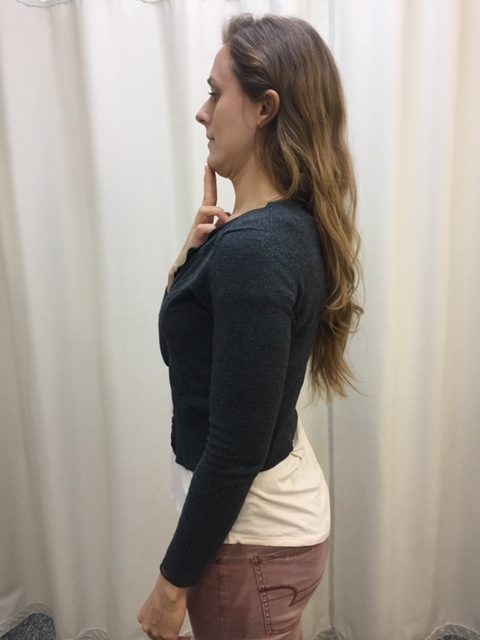
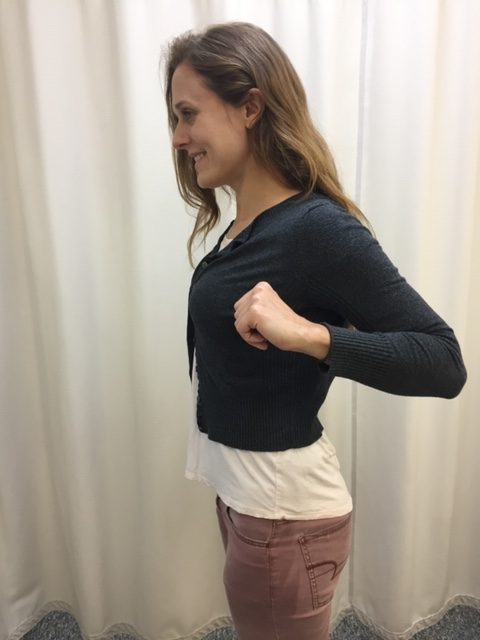
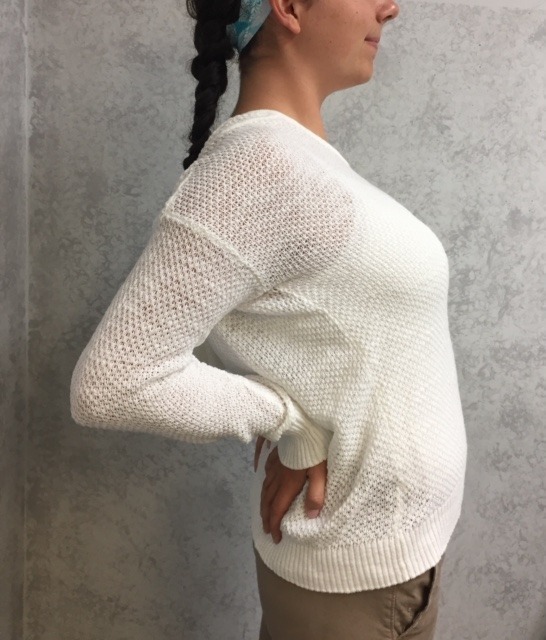
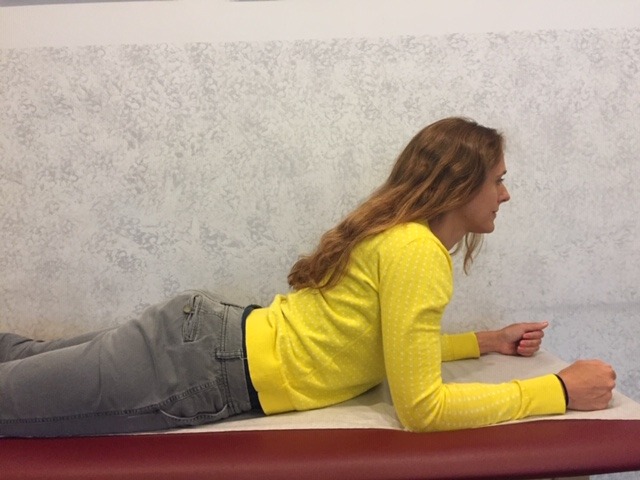
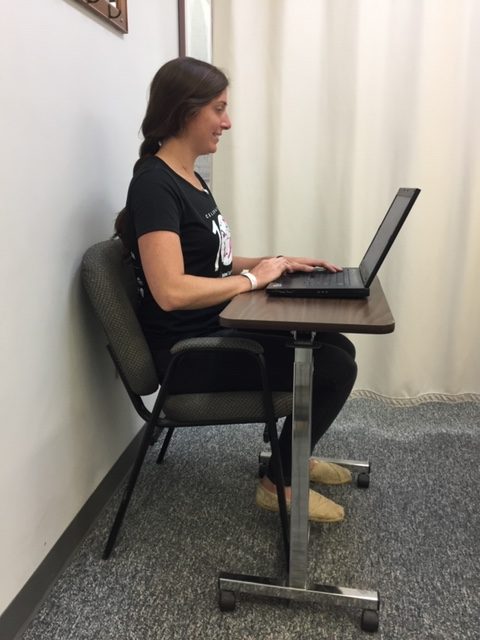
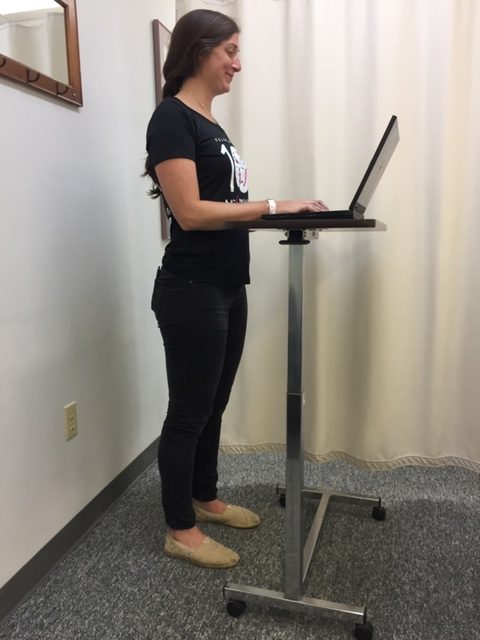
For all of Dr. Mackarey's Articles visit our health care forum at https://mackareyphysicaltherapy.com/forum/
Dr. Mackarey’s Health & Exercise Forum – every Monday
This article is not intended as a substitute for medical treatment. If you have questions related to your medical condition, please contact your family physician. For further inquires related to this topic email: drpmackarey@msn.com. Paul J. Mackarey PT, DHSc, OCS is a Doctor in Health Sciences specializing in orthopaedic and sports physical therapy. Dr. Mackarey is in private practice and is an associate professor of clinical medicine at Geisinger Commonwealth School of Medicine.